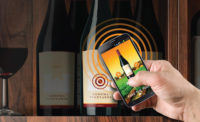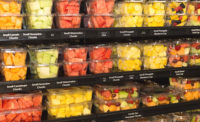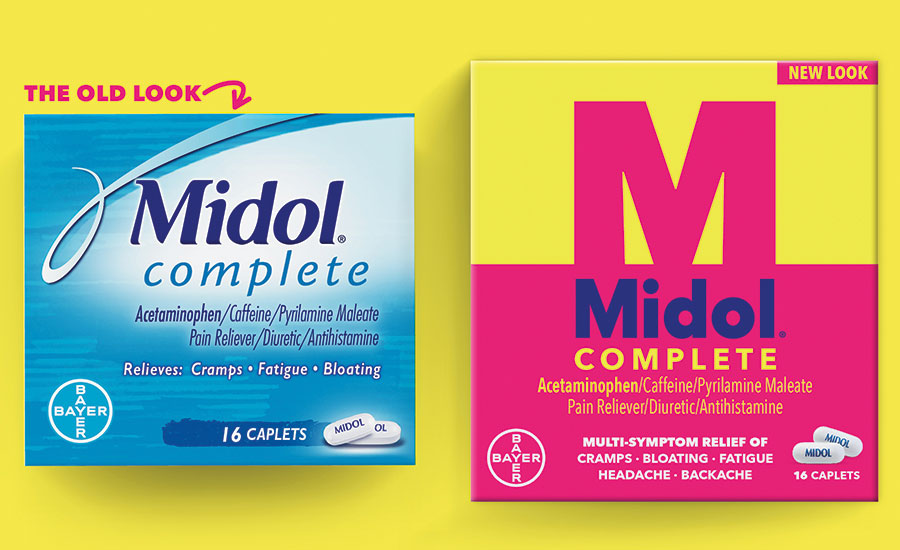Brand Packaging: Rebranding
The Story Behind the Packaging: Midol
The iconic pain reliever gets a packaging overhaul, new branding message and 100% digital campaign to resonate with a new generation.








When the Bayer-owned brand launched in 1911 it was marketed as a remedy for toothaches. Later it was touted as a cure for hiccups. Since 1939 the packaging described the product as a cure for “periodic pain.” Although the name was familiar with young women, the brand lacked relevance with Gen Z and was losing market share due to the increase of new female-focused start-ups.
New Identity
Bayer partnered with goDutch, a small creative agency in Cincinnati, Ohio, to develop a new look, color scheme and packaging to radically reinvent Midol by tapping into the power of modern femininity. The new package design is bold with contrasting colors — including a shiny, bright yellow and matte hot pink — made to stand out on the shelf and stop her in mid-scroll. The transformation was game changing. goDutch created a bold, vibrant design system and tone of voice, inspired by today’s strong, confident women. The M in Midol is oversized and evokes a bold and heroic message designed to convey that women who are not afraid to stand up for what they believe in and are empowered to be their authentic self. The medication’s rebranding also includes a new mantra, “Live Life M-Powered.” The oversized M and new mantra coincide with the use of bold colors and helps to differentiate the brand for millennial and Gen Z women.
New Reach
New packaging was the first step in the rebrand phase. Step two was connecting to the target audience. U.K-based ad agency, Oliver, developed a breakthrough go-to-market strategy, comprised of a national digital campaign and retailer activations both in-store and through ecommerce. The comprehensive rebranding centers on a 100% digital campaign that includes social influencers, a Snapchat augmented reality (AR) filter and GIPHY animations to decorate messages and social media posts popular among millennials and Gen Z. The brand’s story focuses more on authentic messaging with an empowering, body-positive theme that seeks to educate women about how Midol can take care of period symptoms. Creating social media campaigns that allow and encourage active participation is a crucial component for any brand relying on Snapchat and GIPHY to connect with a younger demographic. Snapchat’s demographic profile matches the target audience for Midol’s rebranding, with 75% of U.S. consumers ages 13 to 34 using the photo-messaging app, a broader reach than rivals like Instagram and Facebook, according to parent company Snap. Snapchat users engage with the image-messaging app’s AR content every day on average, as they share messages with friends and post photos and videos to their stories. GIPHY and TikTok are two other social platforms ideal for branded and viral content.
Looking for a reprint of this article?
From high-res PDFs to custom plaques, order your copy today!










